AI Co-Creation
How AI and Humans Help Each Other
Bryan Solidarios
7/31/20253 min read
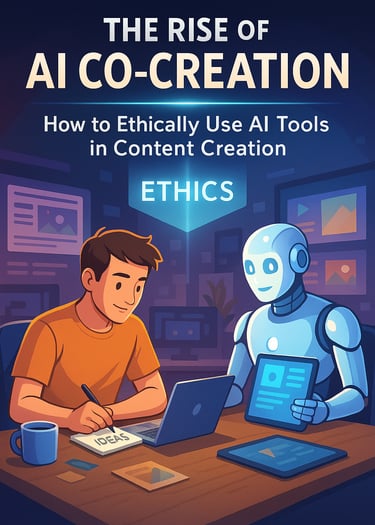

The Rise of AI Co-Creation: How to Ethically Use AI Tools in Content Creation
By someone who lets AI help—but never lets it run wild.
Introduction: From Typewriter to Transformer
Let’s rewind a bit. Remember when content creation meant staring at a blinking cursor for hours, hoping your coffee would write the first sentence? Today, AI tools such as ChatGPT, Gemini, Jasper, and Canva AI are collaborating with us in brainstorming, drafting, and designing.
But with great power comes… well, potential chaos.
How can we use AI ethically without sounding robotic or facing plagiarism issues? This guide aims to address that question.
Story Time: How Creator Burnout Led to an AI Breakthrough
Meet Lana. She runs a blog, a YouTube channel, an email list, and maybe a secret cat meme Instagram account. She hit creative burnout hard. Then she discovered ChatGPT and Canva AI.
Instead of replacing her creativity, AI became her sidekick.
With AI, she could brainstorm 30 blog titles in 30 seconds. She still added her tone, her stories, and her brand voice—but AI handled the heavy lifting.
What is AI Co-Creation? (And Why It’s Not Cheating)
AI co-creation means you and an AI tool working together like Sherlock and Watson (but less dramatically).
You bring the ideas, tone, and emotion.
AI brings speed, structure, and suggestions.
You’re not outsourcing your creativity. You’re turbocharging it.
Practical Example:
Use ChatGPT to outline a blog post, then fill in the personal stories, expert tips, and examples yourself.
The Ethical Playbook: Creating With AI the Right Way
Let’s get real. There’s a fine line between using AI with integrity and producing soulless, copy-paste content.
✅ Always add a personal touch. AI doesn’t understand your audience’s inside jokes, struggles, or cultural references. That’s where you can make a difference.
✅ Fact-check everything. While AI can sound confident, it isn’t always accurate. Verify statistics, quotes, and historical references.
✅ Be transparent when it matters. If your audience values honesty (and most do), let them know when AI has been involved. This fosters trust, not doubt.
✅ Avoid plagiarism—intentionally or unintentionally. AI may generate phrases that already exist online. Always rewrite and rephrase to ensure it reflects your unique voice.
Top AI Tools & How to Use Them Ethically
Pro Tip: Use AI to start faster, but always finish strong with your own voice.
Real-Life Scenario: Turning 1 Idea Into 7 AI-Assisted Content Pieces
Let’s say your main blog topic is “Productivity for Remote Workers.” Here’s what AI can help you do:
Turn it into a blog outline (ChatGPT)
Create an Instagram carousel (Canva AI)
Generate a YouTube script (Jasper AI)
Write a newsletter summary (Gemini)
Make 5 tweet threads (ChatGPT)
Create Pinterest infographics (Canva AI)
Draft an ebook chapter (ChatGPT)
You do the editing and storytelling. AI handles the scaling.
The Bottom Line: AI Won’t Replace You—But It Will Replace Those Who Don’t Adapt
Creators who ignore AI might fall behind. But those who blindly follow it won’t stand out either.
The sweet spot? Co-creation. It’s you at the wheel, with AI in the passenger seat handing you the best snacks and roadmaps.
Ready to Work Smarter (Not Just Harder)?
Start your ethical AI co-creation journey today. Pick one tool from this post, test it, and add your signature flair.
Got questions or a cool AI hack to share? Drop them in the comments or shoot me an email—I’d love to geek out with you.
✅ Want weekly AI + content creation tips straight to your inbox? Subscribe to the newsletter now!
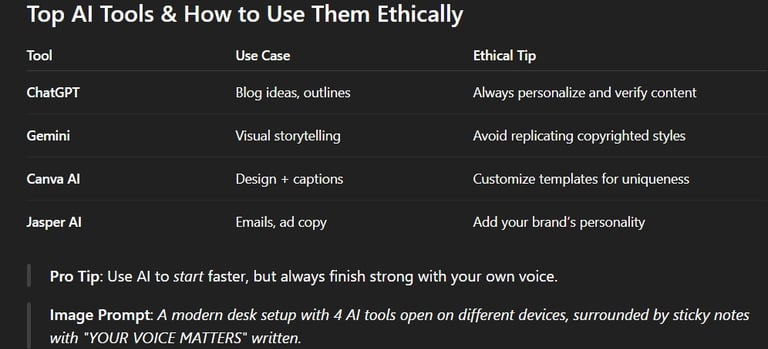

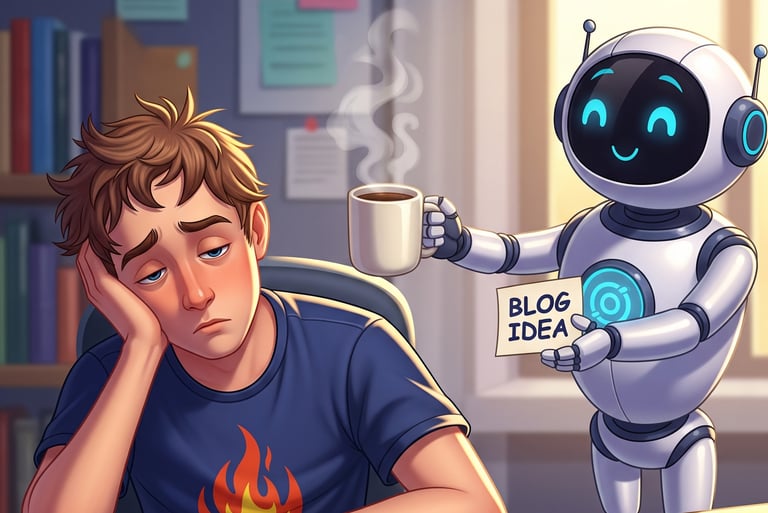

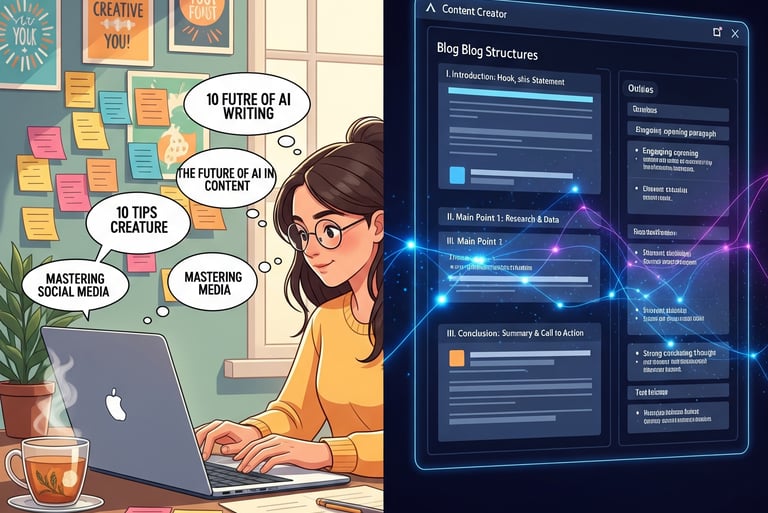

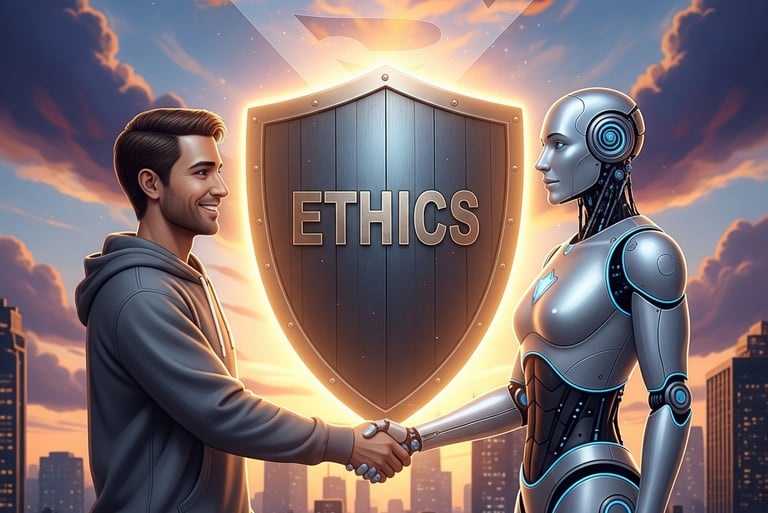

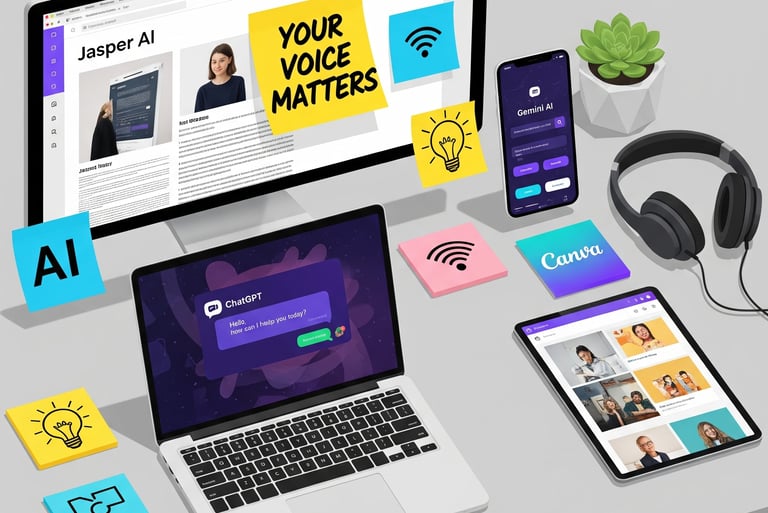

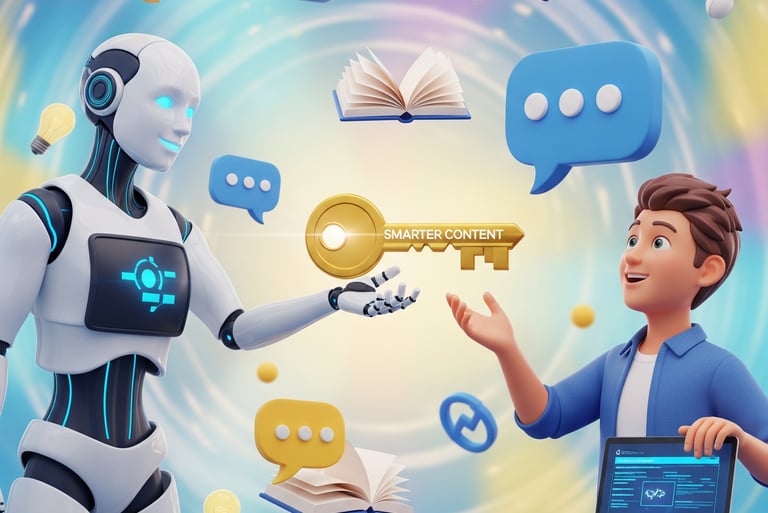

For any concerns, suggestions, feedback, please contact us at support@bryansolidarios.com
© 2025. All rights reserved.
